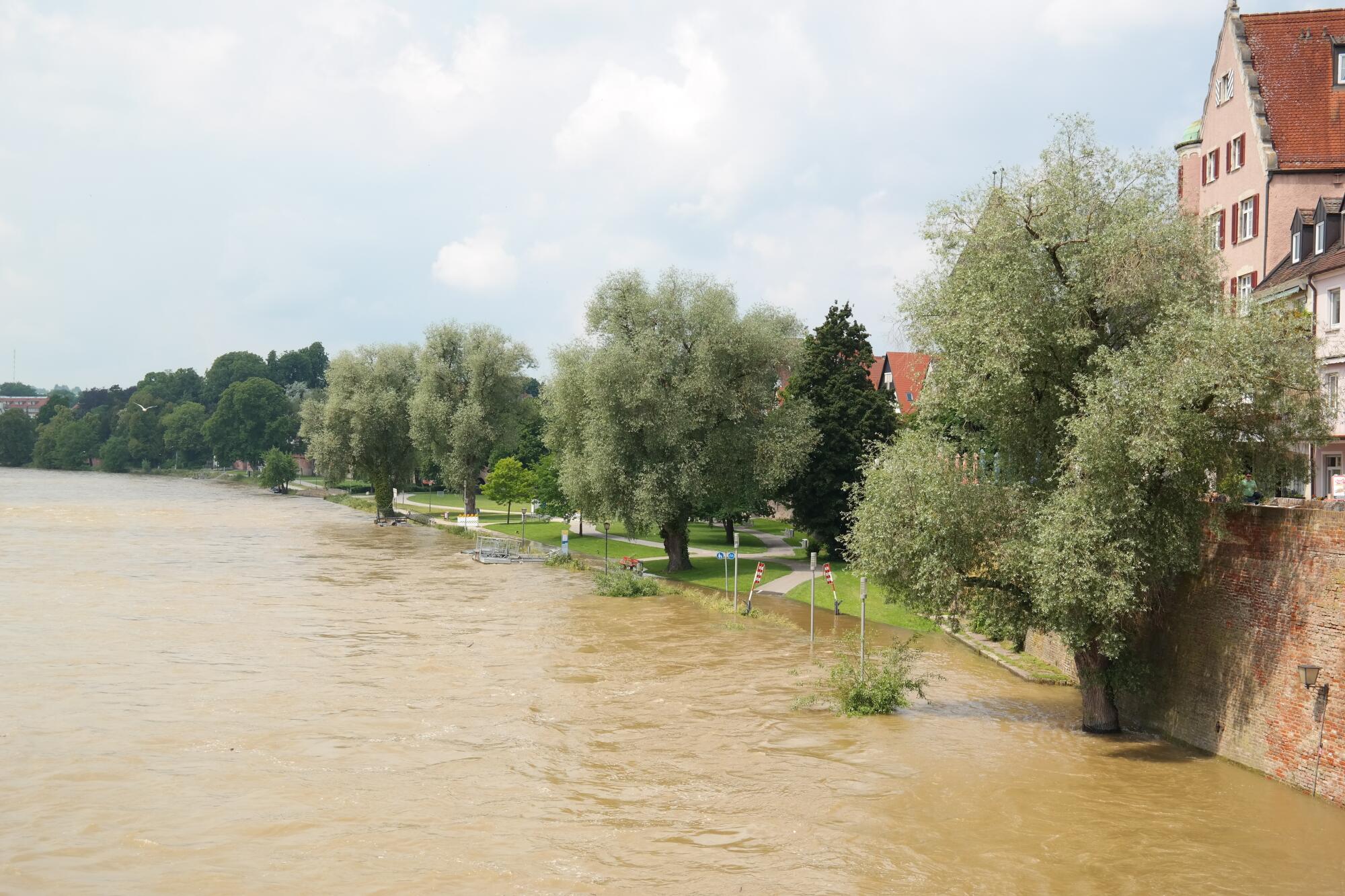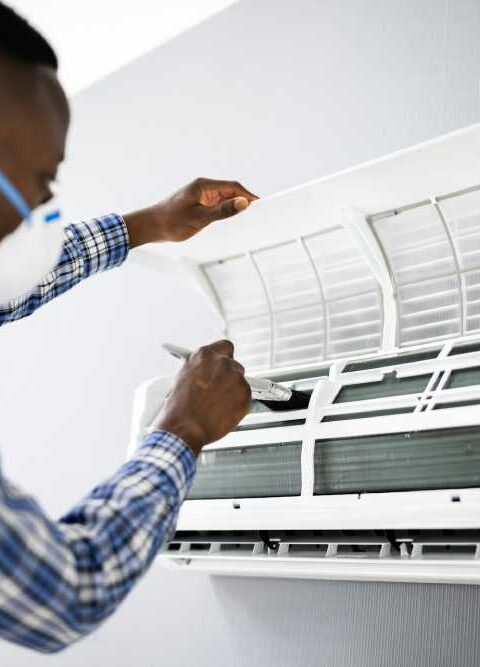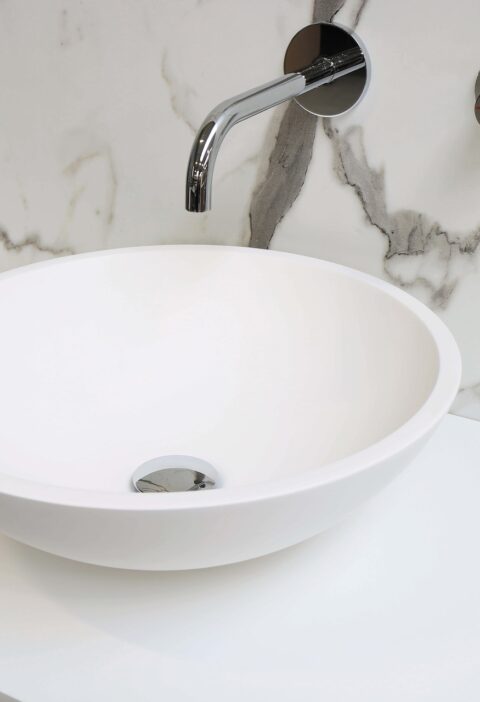When a flood hits, the devastation can be overwhelming. Your home, your sanctuary, has been engulfed by water, and the path to recovery seems daunting.
However, with the right knowledge and a step-by-step approach, you can restore your small concrete house and reclaim your peace of mind. This guide is designed to help you through the process, from assessing the damage to making your home even better than before.
The Immediate Aftermath
The first step after any flood is to ensure your safety. Floodwaters can carry a host of hazards, including electrical currents and contaminants.
Assessing the Damage
Once it’s safe, take a walkthrough of your property. Document the damage with photos and notes. This will be essential for insurance claims and planning your restoration.
Look out for structural damage, such as cracks in the foundation or walls, and note any areas where the water has been standing.
Contacting Your Insurance Company
Reach out to your insurance company as soon as possible. Provide them with the documentation of the damage. They will guide you through the claims process and inform you about what is covered under your policy.
Drying Out Your Home
The next crucial step is to remove any standing water. Use pumps, wet vacuums, and buckets to get rid of as much water as possible. The quicker you can remove the water, the less damage it will cause.
Drying the Walls and Floors
Concrete can absorb a surprising amount of water. Use industrial fans, dehumidifiers, and heaters to dry out the walls and floors.
This process can take several days, so be patient. Check for moisture regularly with a moisture meter.
Preventing Mold Growth
Mold growth can begin to grow within 24-48 hours of flooding. Clean any surfaces that were submerged with a mixture of water and bleach. Ensure the area is well-ventilated during this process to prevent the buildup of harmful fumes.
Cleaning and Sanitizing
It’s heartbreaking, but some items will need to be discarded. Anything porous, such as carpets, upholstered furniture, and mattresses, may be beyond saving. Take care to dispose of these items properly.
Cleaning Salvageable Items
Hard surfaces like metal, plastic, and glass can often be cleaned and sanitized. Use a solution of water and disinfectant to clean these items thoroughly.
Sanitizing the Space
Once your home is dry, clean all surfaces with disinfectants. This includes walls, floors, and any fixtures. This step is crucial to ensure that your home is safe and free from harmful bacteria and mold.
Repairing the Structure
After a flood, it’s essential to check for any signs of damage, such as cracks or shifting. If you notice any issues, contact a structural engineer to assess the damage and recommend repairs.
Repairing Walls and Floors
Concrete walls and floors may need repairs after a flood. Any cracks should be filled with hydraulic cement to prevent future water infiltration.
Addressing Electrical and Plumbing Issues
Floodwaters can wreak havoc on your home’s electrical and plumbing systems. Have a licensed electrician inspect and repair any damaged wiring or fixtures.
If you are considering a damage assessment at home, check out this water damage restoration company.
Understanding How to Restore Your Small Concrete House
Restoring your small concrete house after a devastating flood is a monumental task, but it’s entirely possible with the right approach and resources. By following these steps, you can not only rebuild your home but also make it more resilient against future flooding. Your safety and the safety of your loved ones always come first.
For more helpful tips, check out the rest of our site today!







